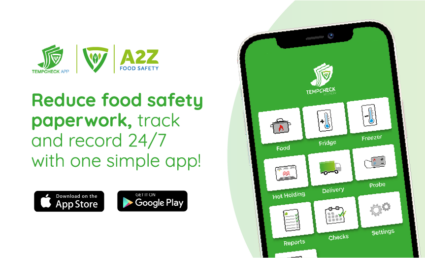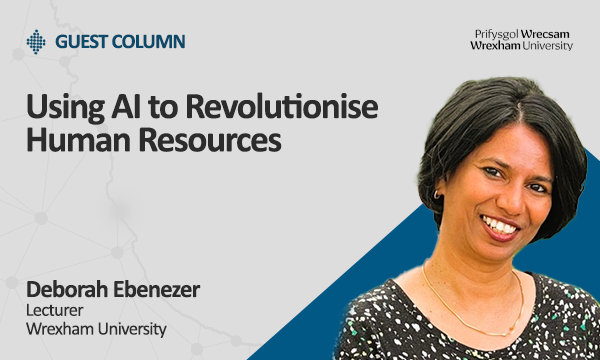Written By:
 David Evans
David Evans
Smart Towns Development officer
Wrexham City Borough Council
___________________________________________________________________________________________________________________________
The incorporation of technology into our daily operations and strategic planning is not just a trend, it's becoming a staple of success. Among the various data types that businesses can leverage, footfall data stands out for its direct impact on business strategies, planning, and logistical decisions. This valuable data, gathered through sensors placed around towns, is revolutionising the way businesses operate, particularly in towns like Wrexham where the smart towns initiative is in full swing.
Footfall sensors provide a wealth of information that can be transformative for local planners and businesses. Knowing how many people pass by or enter a shop at any given time allows business owners to adjust their strategies in real-time. For instance, if an event in the town leads to increased foot traffic, businesses can prepare by adjusting staffing levels, extending hours, or tailoring marketing efforts to capitalise on the influx of potential customers. This data not only helps in immediate decision-making but also aids in long-term planning, allowing businesses to identify trends and adjust their strategies accordingly.
Another tangible benefit of footfall data is its utility in supporting applications for business grants. Businesses looking to demonstrate their growth or the potential for increased trade can use this data as evidence of increased footfall, making a compelling case for investment. This objective, data-driven approach to substantiating claims for funding is a game-changer, particularly for independent businesses that historically relied on anecdotal evidence or gut feelings.
While many independent businesses have traditionally operated based on past experiences or instincts, footfall data offers a more empirical basis for decision-making. By analysing this data, forward-thinking businesses are reevaluating their operating hours, promotional strategies, and even their product offerings. For example, if footfall data reveals a consistent lull at certain times, a business might decide to adjust its hours of operation to better match customer patterns, leading to more efficient staffing and energy use, ultimately reducing costs and increasing profitability.
The success stories emerging from businesses that effectively utilise footfall data serves as powerful catalyst for wider adoption. When one business demonstrates the tangible benefits of leveraging this data—be it through increased sales, more efficient operations, or successful grant applications—others take notice. This domino effect encourages a culture of innovation and adaptation among local businesses, fostering a competitive yet collaborative environment where data-driven decisions become the norm.
The use of footfall data in smart towns like Wrexham is more than just a technological advancement; it's a shift in how businesses approach everything from daily operations to long-term strategic planning.
As more businesses recognise and leverage the power of footfall data, we can expect to see a thriving ecosystem of smart businesses in smart towns, all moving forward with a shared vision of success grounded in data-driven insights.























